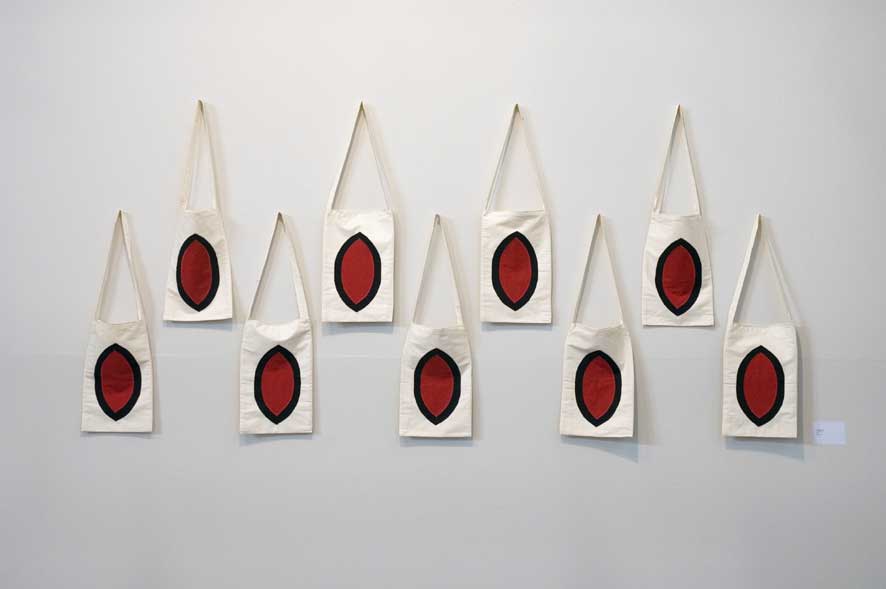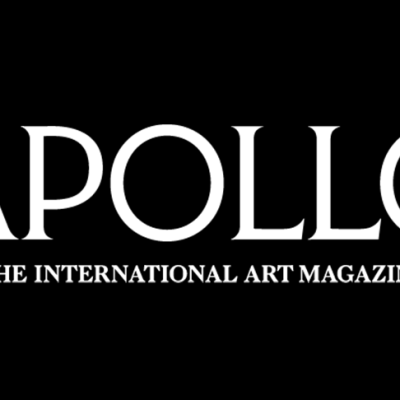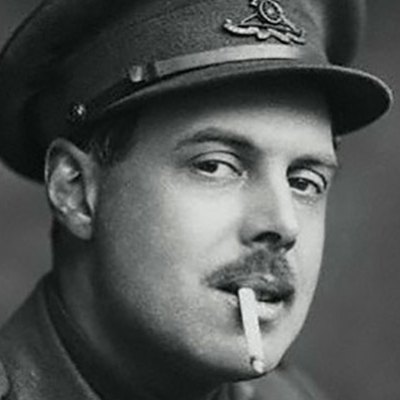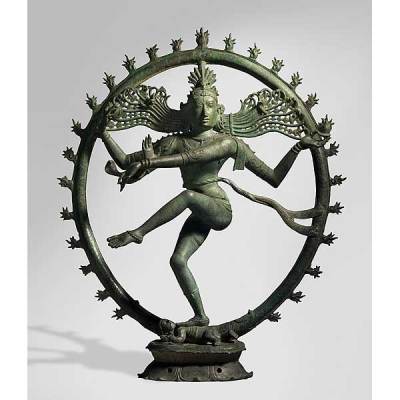Like most industries today, the art world suffers from a lack of gender parity, especially at the upper end of gallery and museum management, and in academia. In Australia, all of the major national art institutions are run by men. The only woman to have ever held both a state and national directorial position was Betty Churcher (Art Gallery of Western Australia and National Gallery of Australia).
In the country’s contemporary spaces, by contrast, established leaders like the Museum of Contemporary Art Australia’s Elizabeth Ann Macgregor and the Australian Centre of Contemporary Art’s Juliana Engberg are reconfiguring the status quo. In the more experimental institutions, Amy Barrett-Lennard (Perth Institute of Contemporary Art), Charlotte Day (Monash University Museum of Art, Melbourne) and Aileen Burns (Co-Director, Institute of Modern Art, Brisbane) are pushing daring programmes.
Public recognition of individuals who have set out to claim greater equality for women in art is important. Last Wednesday, the Australia Council for the Arts rightfully highlighted the work of Julie Ewington, Curatorial Manager of Australian Art at Queensland Art Gallery / Gallery of Modern Art (QAGOMA) and Fiona Foley, Indigenous artist and Adjunct Professor at the University of Queensland, presenting both with Visual Arts Awards for their ongoing contributions.
Julie Ewington has been a central figure in contemporary Australian art for a number of decades. Holding previous positions at the Museum of Contemporary Art and Canberra School of Art, Ewington is characterised (and loved) for her near encyclopaedic knowledge of the art of Australia, as well as her passionate support of young artists, curators, academics and writers. Since her involvement in establishing the Women’s Art Movement in the mid-1970s in Adelaide, Ewington has also fiercely supported gender equality within the Australian art world.
Ewington has written a number of important monographs focusing on the work of Fiona Hall and, more recently, two-time winner of the national portrait award (the Archibald Prize), Del Kathryn Barton. In 2012, Ewington led the curatorial team for ‘Contemporary Australia: Women’ at QAGOMA, a major exhibition that considered the position and output of female Australian artists today. In a recent interview for the Australian Broadcasting Corporation’s Arts radio programme, Ewington ruminated on the current environment for women in the arts:
The kind of imbalance that you see in the corporate world is still seen in the museum world. I suspect, I hope, that’s going to change any minute soon…It’s not just a human rights issue; it’s an economic and social issue of enormous importance.
One of the artists selected by Ewington for ‘Contemporary Australia: Women’ was Fiona Foley, an Indigenous artist, academic, writer and critic. A Badtjala woman from Fraser Island (the world’s largest sand island off the coast of Queensland, the subtropical north eastern state of Australia) Foley accepted a Visual Arts Award for her practice, but also for her activism – resisting from a position as both a woman and an Indigenous artist.
Foley’s work takes many forms: public sculpture, photography, printmaking. One of her most powerful works, Black Velvet (1996) is a series of simple, hand-stitched dilly bags that skewer white perceptions of black Australian women, referencing a colloquial slang term for Indigenous females, isolating them as oppressed, sexual objects. Foley’s practice is confrontational and progressive – qualities that have defined her strong position in the Australian cultural environment.
Julie Ewington and Fiona Foley join last year’s recipients artist Tracey Moffatt and ACCA’s Director Juliana Engberg, in defining new terrain for contemporary Australia where parity in the arts is a reality.




